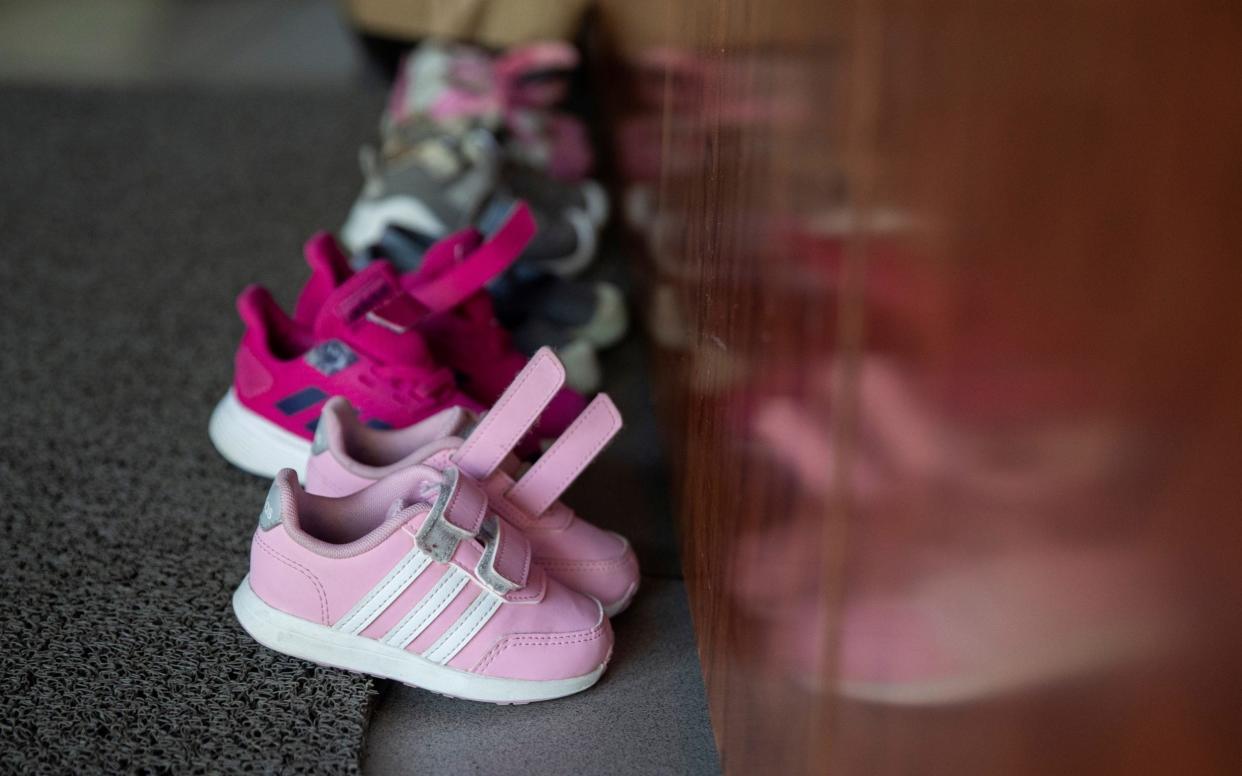More than 22,000 students and teachers harmed or killed in attacks on education in last five years

More than 22,000 students, teachers and academics were killed or harmed in attacks on education in the last five years, new figures have shown.
There were more than 11,000 separate incidents involving education during armed conflicts or other insecurity in the period, according to a report by the Global Coalition to Protect Education from Attacks (GCPEA).
While the number has decreased slightly, from more than 12,000 in the previous five years, the number of countries affected has increased, the report found.
Diya Nijhowne, executive director of GCPEA, said: "Pursuing an education is a fundamental right, yet in an increasing number of countries, the lives of students and educators are at risk simply for teaching and learning. Schools and universities should be safe havens, not sites of destruction or fear."
Educational facilities are often targeted in conflict. Violence in recent years has forced schools to close across the world, including in places like Burkina Faso and Niger, which have seen a spike in attacks and the shuttering of 2,000 schools - pre-pandemic - as a result.
Between 2015 and 2019, 93 countries experienced at least one attack on education, 19 more countries than in the previous reporting period of 2013-2017.
The attacks range from the bombing of schools to the killing of students and teachers at or on the way to educational institutions. Rape and sexual violence, arbitrary arrests, and forced recruitment also took place, instigated by armies or armed groups.
Yemen and the Democratic Republic of Congo were particularly badly hit, with 1,500 attacks on schools in each country, and Afghanistan, Palestine and Syria all saw 500.
The report also singled out Cameroon, where over 1,000 school and university students have been threatened, abducted, injured or killed by armed groups or security forces.
The attacks documented took different forms: for example, the report records the use of excessive, sometimes lethal, force used by police or pro-government groups to disperse crowds protesting at universities. It also raises the use of schools for military purposes, as bases, weapon stores or detention centres, which happened in 34 countries in the period of study.
In Myanmar's conflict-battered Rakhine state, the UN found this had happened 51 times in 2019 alone, including an incident where the army detained 270 men and boys before opening fire, killing six and wounding eight more.
"Attacks on education not only kill or injure individual students and teachers, they also impact communities for years," the report said.
"With buildings or teaching materials destroyed and students and teachers living in fear, schools and universities close and some students never resume their education, impeding long-term development."
While the attacks affected everyone, girls were also singled out for their gender, the report found, with attacks of this type taking place in 21 of the countries studied.
The one positive note sounded among the grim statistics was the significant decline in attacks in a number of countries, including Afghanistan, Bangladesh, Iraq, Nigeria, Palestine, South Sudan, and Ukraine.
The report was put together by the United Nations and a number of other NGOs.
Protect yourself and your family by learning more about Global Health Security


